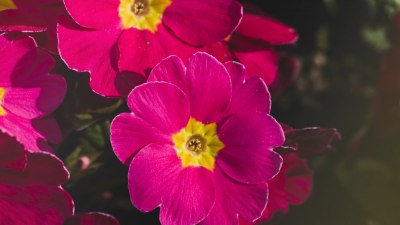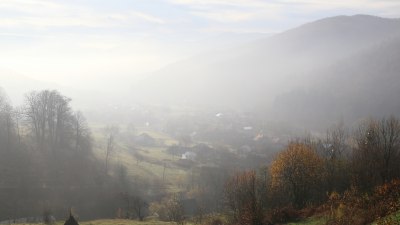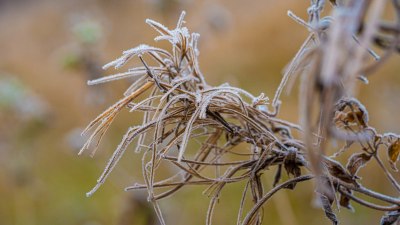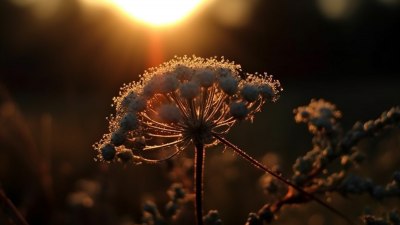Why Some Flowers Bloom So Quickly After a Cold Snap
Explore the reasons behind rapid flowering after cold snaps and their ecological significance.

Understanding the rapid blooming of certain flowers following a cold snap can unveil a fascinating aspect of nature's resilience and adaptation mechanisms. While it might seem counterintuitive for flowers to thrive after a period of cold weather, several biological and environmental factors contribute to this phenomenon. In this article, we will explore the various elements that trigger these quick bloomers, including physiological changes, ecological adaptations, and climatic conditions.
The Role of Temperature Fluctuations
Temperature plays a critical role in the life cycle of plants. Many flowering plants are sensitive to temperature changes, which act as cues for their growth and blooming cycles. When a cold snap occurs, it can create a range of temperatures that some plants have evolved to respond to favorably. For instance, colder temperatures can break dormancy in perennial plants that require a certain chilling period to stimulate growth. This phenomenon is often observed in species such as the tulip and daffodil, which thrive after experiencing colder conditions.
Plant Hormones and Dormancy
Hormones like gibberellins and auxins are crucial in regulating flowering in plants. The exposure to cold temperatures often triggers a hormonal response within the plant, leading it to transition rapidly from dormancy to active growth. Gibberellins, for example, promote stem elongation and flowering, initiating the process once a specific cold threshold is reached. In this way, plants can take advantage of the favorable conditions that often follow a cold snap, such as increased sunlight and moisture from melting snow.
Ecological Adaptations
Many flowers that bloom quickly after a cold snap have adapted to their environments in ways that optimize their chances of survival and reproduction. These ecological adaptations allow them to take full advantage of brief periods of warmth and sunlight in spring. Early blooming can help plants avoid competition for resources, such as light and nutrients, from other plants that bloom later. Additionally, early flowers can attract pollinators like bees and butterflies, ensuring successful fertilization of their flowers before other plants in the area emerge.
Soil Temperature and Moisture
The temperature and moisture content of the soil also play significant roles in flower blooming. After a cold snap, as temperatures rise, the soil warms up and begins to thaw, providing an ideal environment for root growth. Soil moisture also tends to increase during this time, which is beneficial for the establishment of flowering plants. Species like crocuses and snowdrops, which often bloom first in the spring, have adapted to thrive in such conditions, utilizing any available moisture and warmth to facilitate their growth.
Photoperiodicity and Light Conditions
Photoperiodism, the response of plants to the length of daylight, is another critical factor influencing flowering. Following a cold snap, longer days can trigger flowering in certain species, allowing them to bloom quickly. Spring arrives with increasing daylight hours, signaling to plants that it is time to bloom. Species that can blossom in early spring, like hyacinths and forsythias, utilize this strategy to ensure their reproductive cycle aligns with optimal conditions for pollination.
Mutualism with Pollinators
As previously noted, early blooming plants often have synergistic relationships with pollinators. This mutualism benefits both parties: while flowers provide nectar and pollen for pollinators emerging from dormancy, pollinators assist in the vital reproductive processes of these flowers. The timing of flowering and pollinator activity is crucial, and plants that can take advantage of early spring conditions can secure reproductive success. The alignment of blooming schedules provides an opportunity for native pollinators to emerge and thrive, which is particularly important in ecosystems sensitive to climate changes.
Climate Change and Bloom Times
With climate change impacting weather patterns, some flowers may be blooming earlier than they historically did. It is essential to recognize how shifting climatic conditions affect flowering times. A warming climate leads to alterations in temperature and moisture levels, which can trigger earlier blooms. While this may seem beneficial for the plants, it could lead to mismatches in pollination cycles and other ecological interactions, potentially endangering certain species over time.
Notable Fast-Blooming Flowers
Several flowers are known for their rapid blooming after cold snaps. Here are a few noteworthy examples:
- Crocus: Often one of the first flowers to bloom in spring, crocuses can emerge even through the snow, utilizing warmth from the ground.
- Snowdrop: Another resilient flower, snowdrops bloom rapidly, signaling the end of winter and the arrival of spring.
- Forsythia: This vibrant yellow flower is among the first shrubs to bloom, producing brilliant flowers as temperatures warm.
- Hyacinth: These fragrant flowers also take advantage of the warming soil and bloom relatively early.
In summary, the ability of some flowers to bloom quickly after a cold snap is a remarkable adaptation involving complex interactions between temperature, soil conditions, and ecological relationships with pollinators. These flowering plants exemplify nature's resilience and their ability to optimize reproductive success amid fluctuating environmental conditions. Understanding these dynamics not only enhances our appreciation for the beauty of flowering plants but also highlights the importance of maintaining ecological balance as our climate continues to change.











